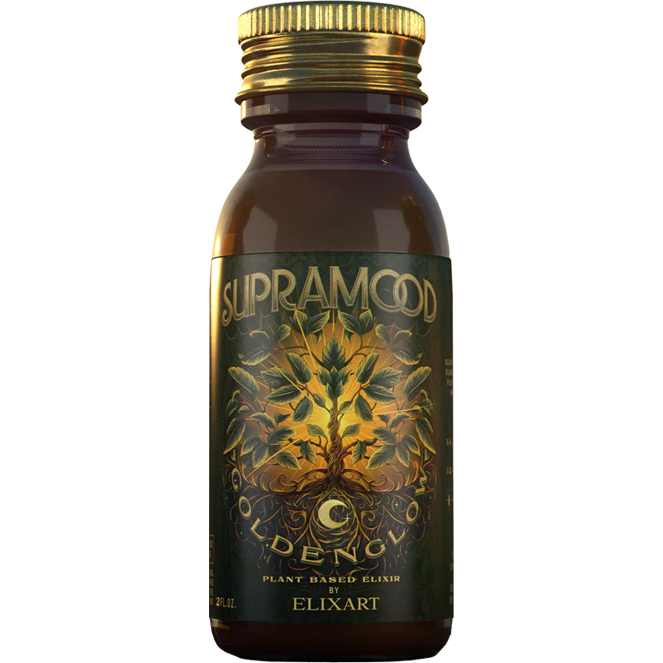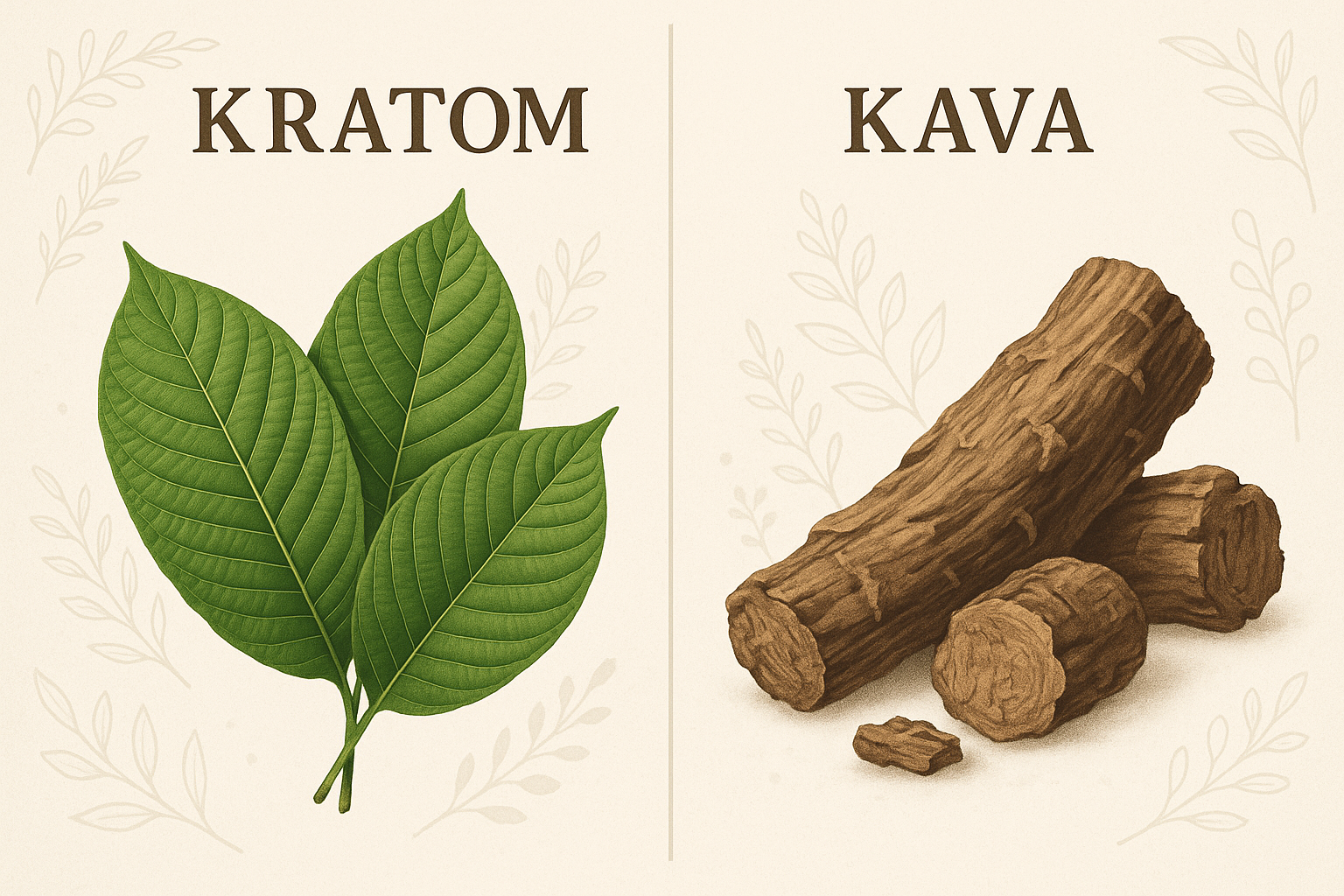Kava, also known as kava kava, is a traditional drink with deep roots in the South Pacific. It is made from the roots of the kava plant and has been consumed for centuries during ceremonial gatherings. The primary allure of kava lies in its mental health benefits. Often likened to the relaxing effects of alcohol, kava fosters feelings of well-being and contentment without impairing cognitive function.
Key takeaway: Kava is not just for relaxation. Its benefits extend beyond personal mental health to potentially fostering community resilience against climate change impacts. By encouraging communal gatherings and discussions, kava plays a role in strengthening social bonds and collective problem-solving, crucial elements in facing environmental challenges.
This article delves into the surprising health benefits of kava you didn't know about, exploring its potential to improve both individual well-being and community cohesion.
Understanding Kava and Its Active Compounds
The Kava Plant and Its Origins
The kava plant, also known as Piper methysticum, is native to the South Pacific. This tropical shrub thrives in regions like Fiji, Vanuatu, and Tonga, where it has been grown for thousands of years. Traditionally, the roots of the kava plant are used to prepare a drink known for its calming and euphoric effects.
Preparation and Ceremonial Use
Kava's preparation involves several steps. The roots are usually dried and ground into a fine powder. This powder is then mixed with water to create a beverage that is strained to remove fibrous materials. In many South Pacific cultures, this drink plays a significant role in social and ceremonial gatherings. For example:
- Fijian Yaqona Ceremony: A traditional ritual where kava is shared among participants to promote unity and relaxation.
- Tongan Faikava: An event where people gather to drink kava while discussing important matters, fostering community engagement.
Kavalactones: The Active Compounds
The primary active compounds in kava are called kavalactones. These compounds are responsible for the plant's psychoactive properties. The concentration of kavalactones in the kava root can vary widely, typically ranging from 3% to 20% of the dry weight.
Notable kavalactones include:
- Kavain: Known for its calming effects.
- Dihydrokavain (DHK): Contributes to muscle relaxation.
- Yangonin: Exhibits potential mood-enhancing properties.
These kavalactones interact with neurotransmitter systems in the brain, particularly the GABA receptors, promoting relaxation and reducing anxiety symptoms.
Understanding these aspects of the kava plant provides insight into its traditional uses and the biochemical mechanisms behind its effects. It sets the stage for exploring how these compounds contribute to mental health benefits and community resilience.
Mental Health Benefits of Kava
Anxiety Relief and Stress Management
Kava has long been celebrated for its ability to alleviate anxiety and manage stress. Many individuals report feeling a sense of calm and relaxation after consuming kava, making it a popular choice for those seeking natural remedies for mental health issues. Unlike some pharmaceutical options, kava provides these benefits without significant risks of dependency or severe side effects. This makes it an attractive option for those looking to manage their mental health more holistically.
Studies on Effectiveness Over Placebo Treatments
Numerous studies have supported the efficacy of kava in treating anxiety and insomnia:
- Anxiety Relief: Studies indicate that kava can significantly reduce anxiety levels compared to placebo treatments. For instance, a meta-analysis published in "Journal of Clinical Psychopharmacology" found that kava extracts were effective in reducing anxiety symptoms across multiple clinical trials.
- Insomnia Treatment: Research also shows that kava can improve sleep quality. One study published in "Sleep Medicine" demonstrated that participants who consumed kava experienced better sleep patterns and reduced insomnia symptoms compared to those given a placebo.
These findings highlight the potential of kava as an alternative treatment for both anxiety and insomnia, offering benefits that go beyond mere relaxation.
Mechanism of Action: How Kava Works in the Brain
Altering Nerve Signals
Kava's effectiveness in alleviating anxiety stems from its ability to alter nerve signals in the brain. The active compounds in kava, known as kavalactones, interact with various neurotransmitters to produce calming effects.
Role of GABA Receptors
One key mechanism involves GABA (gamma-aminobutyric acid) receptors. GABA is an inhibitory neurotransmitter that reduces neuronal excitability throughout the nervous system. Kavalactones enhance GABA receptor binding, increasing the availability of GABA in the brain. This action promotes relaxation and mitigates anxiety symptoms by inhibiting overactive neural circuits.
Relationship Between Mental Health and Climate Change
Mental health impacts extend beyond individual experiences; they are also influenced by broader societal challenges like climate change. Community-led climate initiatives can benefit from reduced anxiety levels facilitated by kava consumption:
- Community Resilience: Lower anxiety levels contribute to better mental well-being, fostering community resilience against climate change impacts.
- Collective Action: Communities engaged in environmental activism often face stressors related to their advocacy work. Kava can serve as a tool for stress management, enabling activists to sustain their efforts over time.
This relationship underscores how mental health solutions like kava can support broader societal goals, including climate resilience.
By understanding the multifaceted benefits of kava—including its role in anxiety relief, insomnia treatment, and community engagement—you can make informed decisions about incorporating this traditional remedy into your mental health regimen.
Kava's Role in Community Engagement and Activism
Fostering Community Gatherings and Mental Health Discussions
Kava has long been a central part of social gatherings in South Pacific cultures, not just for its relaxing effects but also for its role in bringing people together. These communal settings create an environment conducive to open discussions about mental health, which can be particularly beneficial in communities where such conversations are often stigmatized.
- Community Engagement: Sharing kava can break down barriers, allowing individuals to express their feelings more freely. This openness fosters a sense of belonging and mutual support.
- Mental Health Discussions: The calming effects of kava help reduce social anxiety, making it easier for people to discuss sensitive topics like mental health challenges and coping strategies.
Connections Between Mental Well-Being and Climate Change Resilience
Mental well-being and community resilience against climate change impacts are interconnected. Climate change brings about stressors such as extreme weather events, sea-level rise, and resource scarcity, all of which can exacerbate mental health issues.
- Stress Alleviation: Kava's ability to reduce anxiety can be particularly useful in helping communities manage the psychological stress associated with environmental changes.
- Building Resilience: By fostering a supportive community environment through kava gatherings, individuals are better equipped to face climate-related challenges collectively.
Listening Sessions: A Tool for Climate Adaptation Solutions
Listening sessions are integral to addressing the mental health impacts of climate change. These sessions provide a platform for community members to voice their concerns and propose solutions.
Importance of Community Engagement
Engaging the community through listening sessions allows for a comprehensive understanding of how environmental stressors affect mental well-being.
- Environmental Stressors: Events like flooding or sea level rise can have severe psychological impacts, including anxiety and depression.
- Community Solutions: Through active participation in listening sessions, communities can develop tailored solutions that address both environmental and mental health needs.
Examples of Community-Led Initiatives
Several initiatives have successfully integrated well-being practices with environmental justice:
- Pacific Islander Communities: In regions like Fiji and Vanuatu, kava ceremonies are used to discuss climate adaptation strategies while promoting mental wellness.
- Urban Areas: Cities facing frequent flooding have adopted community gardens and green spaces as venues for kava-fueled gatherings, combining environmental advocacy with mental health support.
- Rural Initiatives: Rural communities impacted by droughts use kava sessions as a way to support each other emotionally while discussing sustainable farming practices.
These examples highlight the versatility of kava as a tool for both community engagement and activism. By leveraging traditional practices in modern contexts, communities can enhance their resilience against the multifaceted challenges posed by climate change.
Safety Considerations When Using Kava as a Mental Health Aid
Kava has a rich history as a traditional beverage in the South Pacific, but its safety profile has been questioned due to historical cases of liver damage. In the early 2000s, over 100 cases of liver toxicity were reported, leading to bans or restrictions on kava in several countries. While some studies suggest no short-term liver damage in individuals without pre-existing conditions taking kava supplements, caution is still advised.
Potential Side Effects
Kava is not free from side effects. Possible reactions include:
- Nausea
- Drowsiness
- Headaches
These side effects underline the importance of consulting healthcare professionals before incorporating kava into your wellness routine. This is especially important for individuals on medication or those with pre-existing conditions like liver disease.
Recommended Dosage and Forms Available for Consumption
For therapeutic effects, the recommended daily intake of kavalactones typically ranges between 70-250 mg. It's crucial to adhere to these guidelines to minimize risks while maximizing benefits.
Kava comes in various forms to suit different preferences and needs:
- Teas: Easy to prepare and consume; offers a traditional experience.
- Capsules: Convenient for precise dosing; ideal for those who dislike the taste.
- Powders: Versatile; can be mixed into beverages or food.
- Liquid Extracts: Potent and fast-acting; requires careful dosing.
Each form has its own advantages and considerations. For instance, teas may offer a more gradual release of active compounds compared to capsules or liquid extracts.
By understanding both the potential benefits and risks associated with kava use, you can make informed decisions about incorporating this traditional remedy into your mental health toolkit.
Conclusion: Embracing a Holistic Approach to Mental Health with Kava's Benefits Beyond Relaxation
The surprising health benefits of kava extend beyond mere relaxation. By fostering community resilience against climate change impacts, kava plays a unique role in promoting mental health awareness.
Key Points:
- Community Resilience: Kava can serve as a catalyst for community gatherings where mental well-being and environmental stressors are openly discussed. This collective approach helps communities adapt to challenges such as flooding or sea level rise.
- Mental Health Awareness: Kava’s ability to reduce anxiety and promote relaxation can enhance the overall mental health of individuals within these communities. When people feel mentally balanced, they are better equipped to tackle external stressors.
Safe Usage Under Medical Guidance
Encouragement for individuals to explore kava must be paired with a strong emphasis on safety. Consulting healthcare professionals ensures that:
- Potential side effects are monitored.
- Interactions with other medications are considered.
- Proper dosage is maintained for therapeutic effects.
Incorporating kava into your holistic approach to mental health requires both awareness and caution. By understanding its benefits and risks, you can make informed decisions that contribute positively to your well-being and that of your community.
FAQs (Frequently Asked Questions)
What is kava and where does it originate?
Kava is a traditional drink made from the root of the kava plant, which is native to the South Pacific. It has been used for centuries in ceremonial contexts and is known for its mental health benefits.
How does kava affect mental health?
Kava is known for its anxiety-relieving properties and can also help with insomnia. Studies suggest that it may be more effective than placebo treatments for managing anxiety and promoting relaxation by binding to GABA receptors in the brain.
What are the active compounds in kava?
The primary active compounds in kava are called kavalactones. These compounds are concentrated in the root of the kava plant and play a significant role in its effects on mental health.
Are there any safety concerns associated with kava use?
Yes, there are safety concerns regarding kava use, particularly related to liver toxicity and potential side effects such as nausea and drowsiness. It is essential to consult healthcare professionals before using kava, especially if you have pre-existing conditions.
What forms of kava are available for consumption?
Kava can be consumed in various forms, including teas, capsules, and powders. The recommended daily intake for therapeutic effects typically ranges from 70 to 250 mg.
How can kava contribute to community resilience against climate change?
Kava can foster community gatherings that promote discussions about mental health and environmental justice. By reducing anxiety through its calming effects, kava may enhance community engagement in climate adaptation solutions, ultimately contributing to resilience against climate change impacts.







Leave a comment
This site is protected by hCaptcha and the hCaptcha Privacy Policy and Terms of Service apply.